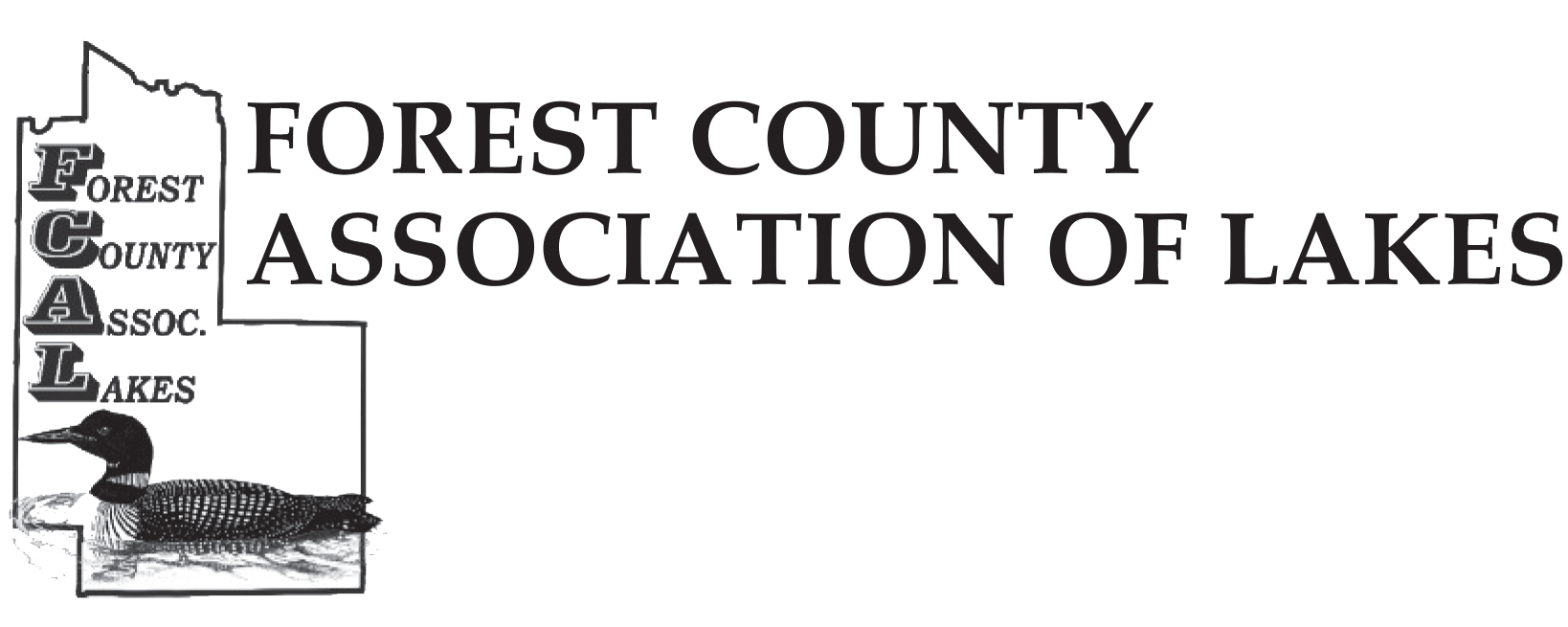Conservation Corner is a weekly article produced by the Forest County
Land &Water Conservation Department. For more information contact Steve Kircher, County Conservationist-Land Information/GIS Director at 715-478-1387 or by e-mail at .
Plant Pickup will be on Friday, June 2nd, by the Tank in the Courthouse Square 8:00 – 4:00pm
Northern Wisconsin is home to a diverse array of native plant species that are well adapted to the region’s climate and soil conditions. These plants provide important ecological and economic benefits, including support for local wildlife, improved soil health, and increased crop yields. Some of these native plant species found in northern Wisconsin and their benefits are listed below.
Black-eyed Susan (Rudbeckia hirta)
The Black-eyed Susan is a hardy perennial plant that can grow up to three feet tall. It is known for its striking yellow and black blooms, which attract bees, butterflies, and other pollinators. Black-eyed Susan is also drought-resistant, making it a great choice for northern Wisconsin’s dry summers.
Wild Bergamot (Monarda fistulosa)
Wild Bergamot, also known as Bee Balm, is a beautiful flowering plant that is native to northern Wisconsin. It produces fragrant pink or lavender blooms that attract bees, butterflies, and hummingbirds. Wild Bergamot is also used for its medicinal properties, as it has antiseptic and anti-inflammatory properties.
Wild Lupine (Lupinus perennis)
Wild Lupine is a beautiful flowering plant that is native to northern Wisconsin. It produces tall spikes of blue, purple, or pink blooms that attract bees, butterflies, and other pollinators. Wild Lupine is also important for its role in supporting the endangered Karner Blue butterfly, which feeds exclusively on the plant’s leaves.
Wild Ginger (Asarum canadense)
Wild Ginger is a native ground cover plant that is commonly found in northern Wisconsin’s forests. It produces small, bell-shaped flowers in the spring and has heart-shaped leaves that can be used in cooking.
Wild Ginger is also important for its role in improving soil health, as it helps to prevent erosion and provides nutrients to the soil.
Purple Coneflower (Echinacea purpurea)
Purple Coneflower is a popular native plant that is found throughout northern Wisconsin. It produces beautiful pink or purple blooms that attract bees, butterflies, and other pollinators. Purple Coneflower is also used for its medicinal properties, as it is believed to help boost the immune system and alleviate cold and flu symptoms.
Native plants play an important role in northern Wisconsin’s ecosystems, providing valuable habitat for wildlife, improving soil health, and contributing to the region’s economic prosperity. By planting native species in our gardens and landscapes, we can help to support these important plants and the benefits they provide. Some other native plant species that are well suited for northern Wisconsin include Wild Columbine (Aquilegia canadensis), Wild Geranium (Geranium maculatum), and Wild Blue Phlox (Phlox divaricata).
Once again, Plant Pickup will be on Friday, June 2nd, by the Tank in the Courthouse Square
8:00 – 4:00pm
We will also be offering a Plant Swap with our Wild Rivers Invasive Species Coalition (WRISC) partners. If you have an invasive species on your property, bring it to us and we will exchange it for one of our Northern Native plants.

